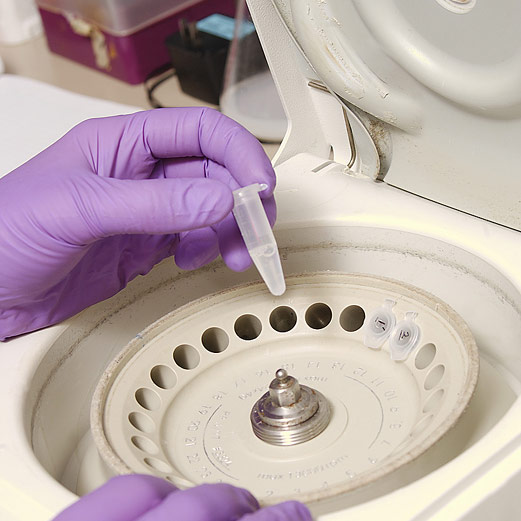
WEDNESDAY, Sept. 25 (HealthDay News) — A new method to detect brown fat cells in laboratory mice has been developed by researchers in an attempt to fight obesity.
Brown fat, also called good fat, burns calories to keep you warm, while white fat stores excess calories around your waist, leading to health problems.
Currently, it’s difficult to spot brown fat cells at the molecular level, a problem that has hindered efforts to harness their ability to combat obesity.
The new brown fat detection method developed by researchers at the University of Texas Health Science Center at Houston proved effective in mice, according to a study published recently in the journal Nature Communications.
“Brown adipose tissue, responsible for heat generation, has high importance in the context of metabolic diseases,” study senior author Mikhail Kolonin said in a science center news release. “Brown fat is more common in children but has recently been discovered in adult humans. However, measurement of its body distribution has remained technically challenging. We report a peptide probe that zeroes in on brown fat and can be used for localization of this tissue in mice by whole body imaging.”
Results achieved in laboratory experiments with animals don’t necessarily translate to humans.
If this brown fat detection method does prove effective in human clinical trials, it would enable doctors to personalize patient treatment based on the ratio of brown fat to white fat in their bodies, according to the news release. It might also help determine if experimental therapies are stimulating brown fat, the researchers said.
“This is the first targeted imaging approach for the detection of brown fat,” said Kolonin, a professor of stem cell research.
More information
The U.S. National Institutes of Health has more about brown fat.
Copyright © 2026 HealthDay. All rights reserved.

